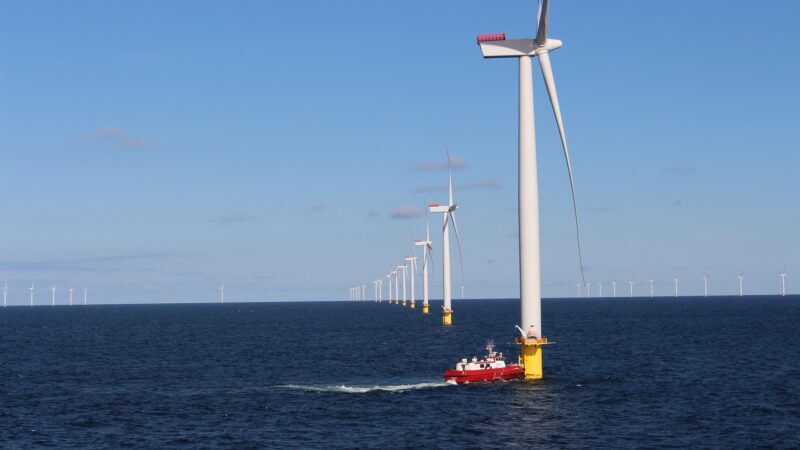Carbon offsetting is wrong3 min read

Emissions trading has failed.
The carbon credit system has failed to achieve its goals.
It has failed to hold countries and economies accountable.
It failed because it gave the illusion that paying would be the solution to the problem, without doing anything real.
But let’s do this in an orderly fashion.
And to do this we have to go back to 1997.
Kyoto Protocol and the carbon credits mechanism.
The Kyoto Protocol is an international environmental agreement on global warming, published on December 11th, 1997 in the Japanese city of Kyoto. The Protocol makes the United Nations Framework Convention on Climate Change operational by committing industrialized countries and economies to limit and reduce greenhouse gas (GHG) emissions in accordance with agreed individual targets.
Initially created as part of the Kyoto protocol, international carbon credits are financial instruments that represent negotiable certificates, or securities, equivalent to a ton of CO2 removed from the atmosphere following the implementation of a national or international environmental protection project with the goal of reducing greenhouse gas emissions.
Emissions credits are therefore a tool set up to allow governments and companies to achieve their greenhouse gas reduction targets in the most flexible and cost-effective way. This is precisely the point. The most flexible and cost-effective way. But let’s address this topic later.
Then came the voluntary offsetting market. All stakeholders, especially corporate stakeholders, have relied on it on a large scale to compensate for their emissions. Without defined rules, voluntary carbon markets have been used as a way to offset emissions so that an organization can claim itself “carbon neutral”.
But buying a carbon credit means financing someone else’s reduction project. And the point is that the climate crisis is global.
It doesn’t belong to just one part of the world. The global neutrality challenge will only be achieved with collective and fair participation.
This is what must make us think.
From carbon offsetting to contribution.
Let’s think about the carbon offsetting approach just like the sand of an hourglass passing from one side to the other without changing the total quantity.
Continuing to use the same metaphor, if we want to remove the sand from the hourglass (consider it CO2) then we understand that offsetting itself is a wrong concept.
Just like communicating vessels, transferring responsibility from one geographic area to another does not improve the overall situation of the Earth.
This is why contributing rather than offsetting is a fairer approach. Offsetting is misleading.
As members of the same house, we cannot think that moving the trash from our room to another will solve the disposal problem and make everything clean.
Either we reduce consumption to produce less garbage (read CO2) or we have to find a real and not fictitious system to eliminate it.
Let me be clear. All offsetting actions by governments, organizations, and individuals are welcome, necessary, and encouraging.
But the activities to reduce carbon emissions on a global level – especially corporate-wise – must not be guided only by the goal to label its business carbon neutral.
For this reason, perhaps, even the language must be revised. Stop saying compensating. Wouldn’t it be better to start talking about contribution?
From carbon offsetting to contributing. By switching from a logic of emissions “ownership” – where compensating is a way – to a logic of “contribution” to those emissions reductions.
The best way to do our part is without taking easy shortcuts. Because the effort to reduce global emissions cannot be outsourced.
Featured image by Wilhelm Gunkel on Unsplash






